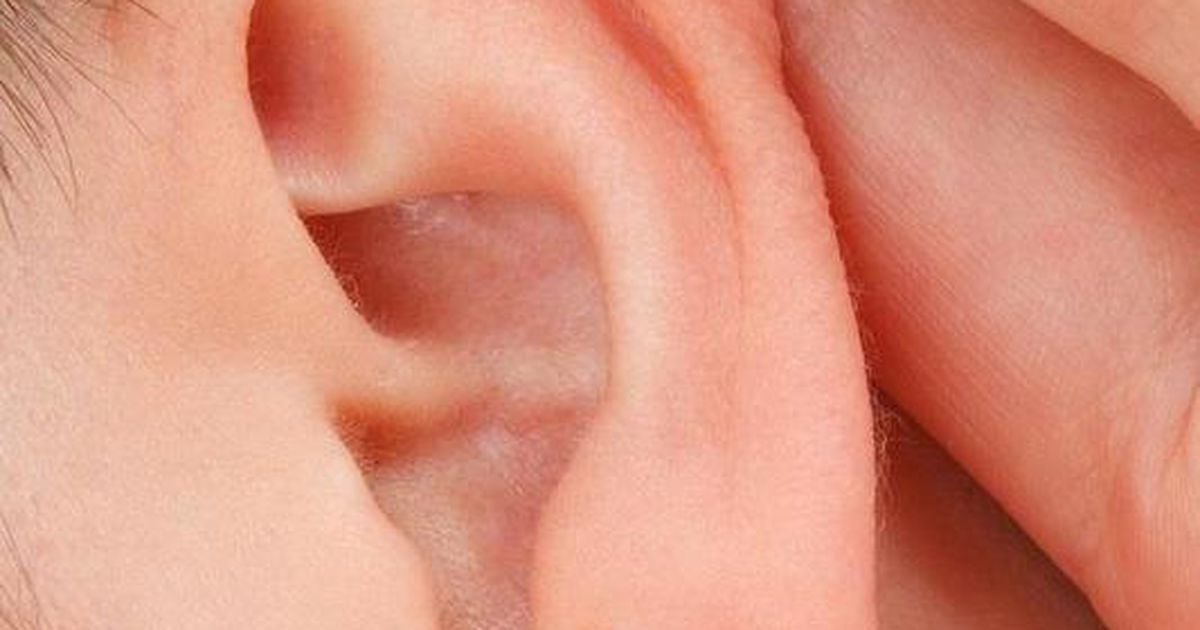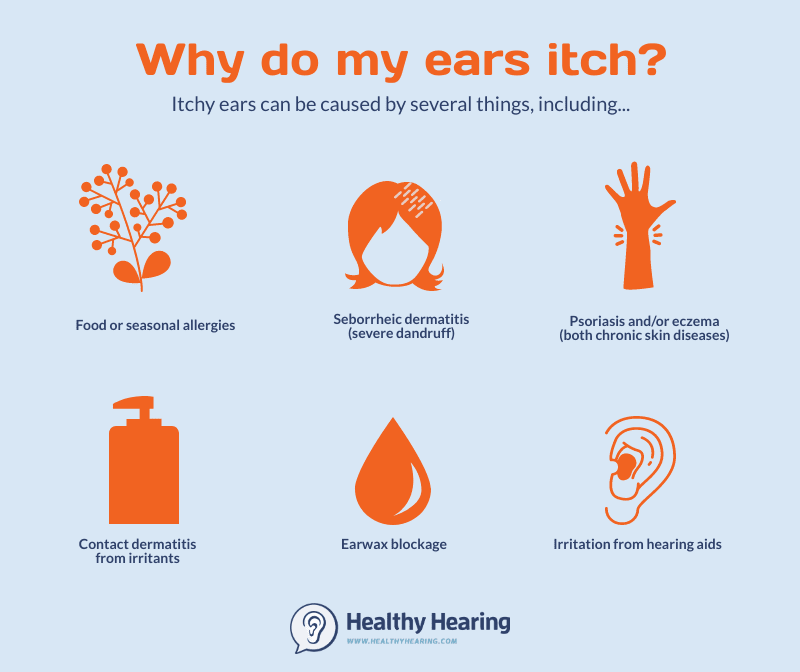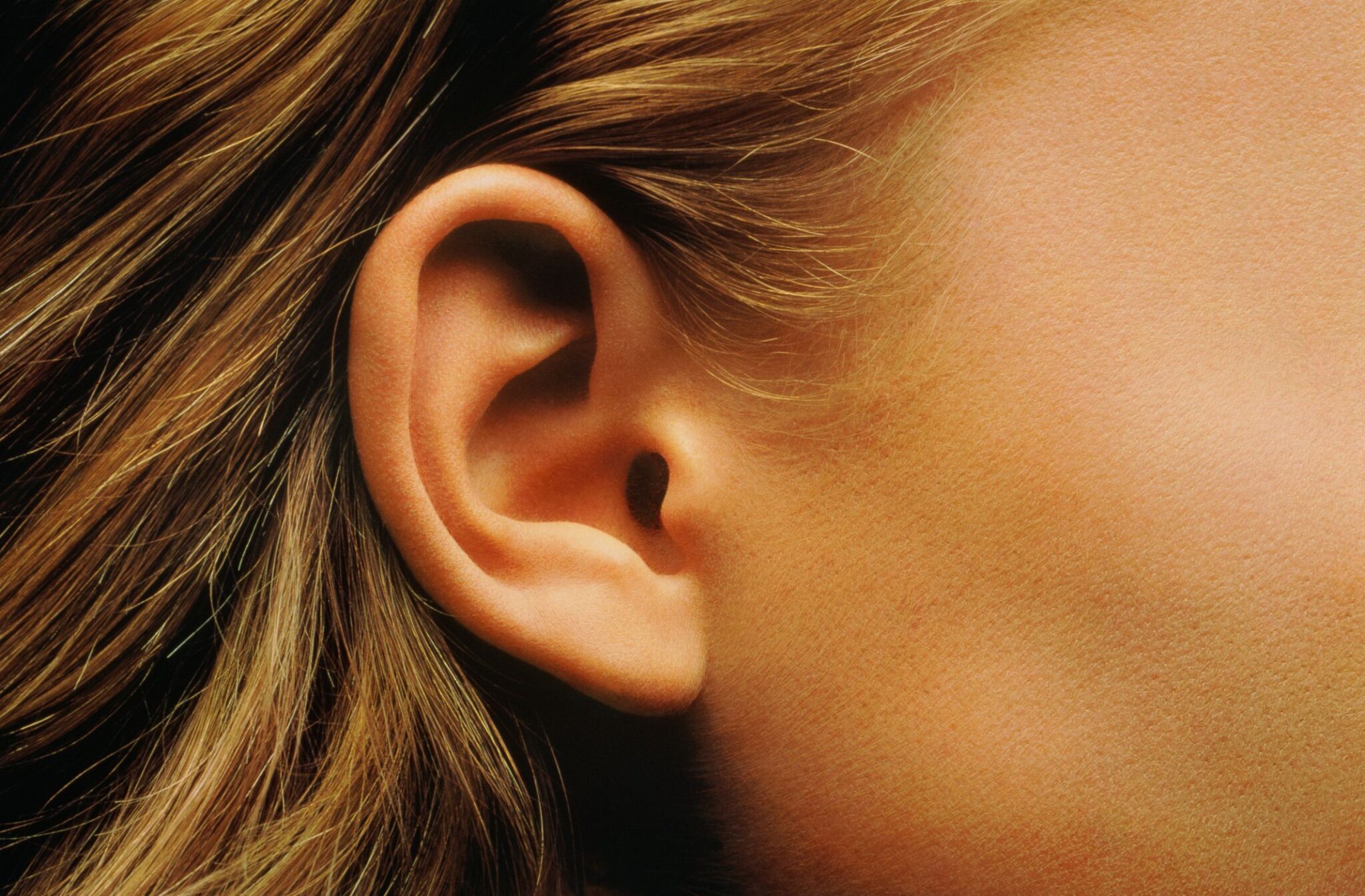

When a patient shows no relief from this medication, a physician has cause to doubt whether TN is present. In the early stages of the disease, carbamazepine controls pain for most people.


A high-resolution, thin-slice or three-dimensional MRI can reveal if there is compression caused by a blood vessel. Magnetic resonance imaging (MRI) can detect if a tumor or MS is affecting the trigeminal nerve. Ernest syndrome (injury of the stylomandibular ligament.Attacks of sharp pain can also occur, commonly triggered by touch. TNP pain is generally described as being constant, dull and burning. TNP results from an injury or damage to the trigeminal nerve. The most common mimicker of TN is trigeminal neuropathic pain (TNP).

The symptoms of several pain disorders are similar to those of trigeminal neuralgia. Pain areas include the cheeks, jaw, teeth, gums, lips, eyes and forehead.Īttacks of TN may be triggered by the following: Typically, it is only on one side of the face however, in rare occasions and sometimes when associated with multiple sclerosis, patients may feel pain in both sides of their face. Pain can be focused in one spot or it can spread throughout the face. The pain often leaves patients with uncontrollable facial twitching, which is why the disorder is also known as tic douloureux. The pain typically begins with a sensation of electrical shocks that culminates in an excruciating stabbing pain within less than 20 seconds. Some patients suffer less than one attack a day, while others experience a dozen or more every hour. The usual pattern, however, is for the attacks to intensify over time with shorter pain-free periods. Patients often suffer long stretches of frequent attacks, followed by weeks, months or even years of little or no pain. TN2 pain often is present as a constant, burning, aching and may also have stabbing less intense than TN1. TN1 can get worse resulting in more pain spells that last longer. TN1 is characterized by intensely sharp, throbbing, sporadic, burning or shock-like pain around the eyes, lips, nose, jaw, forehead and scalp. The pain of TN is defined as either type 1 (TN1) or type 2 (TN2). When the pain persists, patients realize the problem is not dental-related. Some patients see their dentists and actually have a root canal performed, which inevitably brings no relief. Pain often is first experienced along the upper or lower jaw, so many patients assume they have a dental abscess. In the cases of dental work, it is more likely that the disorder was already developing and then caused the initial symptoms to be triggered. Other patients say their pain follows a car accident, a blow to the face or dental work. Most patients report that their pain begins spontaneously and seemingly out of nowhere. Surgery can be an effective option for those who become unresponsive to medications or for those who suffer serious side effects from the medications. Normally, anticonvulsive medications are the first treatment choice. Attacks may begin mild and short, but if left untreated, trigeminal neuralgia can progressively worsen.Īlthough trigeminal neuralgia cannot always be cured, there are treatments available to alleviate the debilitating pain. The pain can be triggered by an action as routine and minor as brushing your teeth, eating or the wind. It usually is limited to one side of the face. This intense, stabbing, electric shock-like pain is caused by irritation of the trigeminal nerve, which sends branches to the forehead, cheek and lower jaw. The pain typically involves the lower face and jaw, although sometimes it affects the area around the nose and above the eye. Trigeminal neuralgia (TN), also known as tic douloureux, is sometimes described as the most excruciating pain known to humanity.


 0 kommentar(er)
0 kommentar(er)
